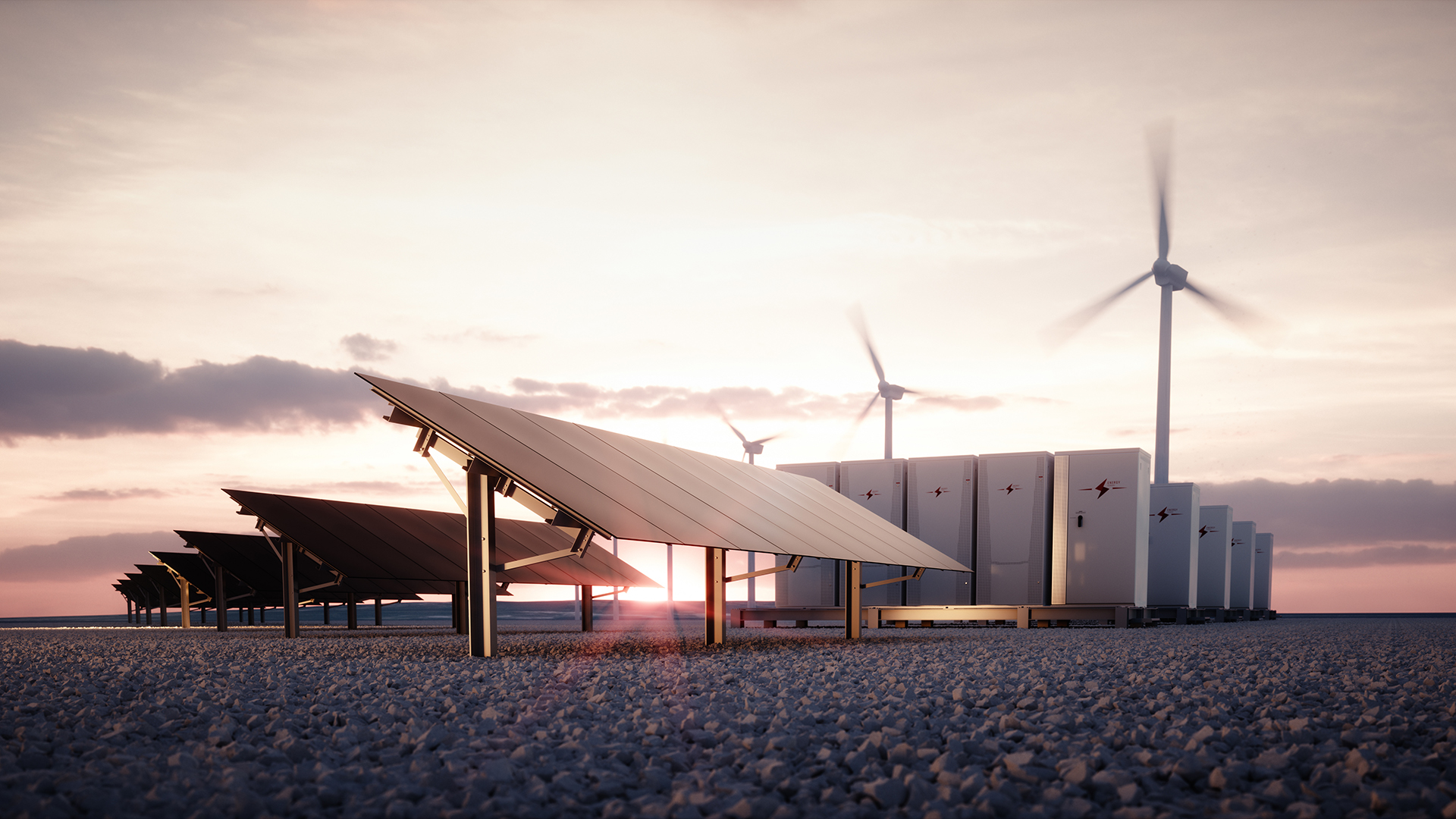Publication
Distress signals – Cooperation agreements or mergers to the rescue in times of crisis?
The current volatile and unpredictable economic climate creates challenges for businesses.


Global | Publication | September 2020
Solar energy has seen explosive growth over the last decade, growing from 0.1pc of the US’s total energy generation in 2010 to over 2.5pc today. Last year, solar energy accounted for 40pc of new electricity-generating capacity in the US, and this year solar is expected to make up 33pc of new capacity even taking into account the impacts of the pandemic and economic downturn.
The key drivers are rapidly declining technology costs and increased demand. Demand has been boosted not only by utility procurements but also by large corporations looking to meet aggressive corporate sustainability commitments.
Financing solar-plus-storage projects requires working through unique contractual, regulatory and legal issues.
Corporate renewable purchases globally were up 40pc in 2019 compared to 2018, with one US state alone—Texas—accounting for more than a quarter of those deals. The largest buyers were technology companies and oil and gas companies. The latter are facing increasing pressure from investors to power their operations with renewables and diversify investments with low-carbon technologies.
At a more macro level, the oil and gas industry is still reeling from the impacts of the pandemic that caused severe downward pressure on oil prices earlier this year. Royalties paid to landowners and local governments by the developers who wish to site solar projects in rural areas in certain parts of the country can increase local support for these projects, especially if the landowners are no longer receiving royalties from oil companies, which are pulling up their drilling rigs due to the COVID-19 downturn.
In its most popular form, a solar-plus-storage project consists of a battery storage system connected to a solar PV system such that the battery is charged from the solar system with the energy not exported to the grid and then discharged to the grid at a later time when the energy is needed most. Storage helps match energy supply with demand and alleviate the intermittency problem of renewables.
According to one study carried out by the investor owned utilities in California, solar projects with four hours of storage are expected to have a 99.8% “effective load carrying capacity” in 2022 (essentially, how much of a project’s capacity can be counted on at any given time), as compared to only 6.2% for a project without storage. This shows that a solar-plus-storage project is much more beneficial in terms of grid stability than just a solar project. The government and relevant regulatory bodies are likely to encourage development of energy storage to take advantage of this benefit. Adding storage to a solar project will also make it harder for other technologies to compete that are traditionally seen as more reliable, including gas plants (especially peaker plants that run infrequently).
Solar-plus-storage projects are expected to continue to play an important role in the US energy market.
In addition, adding storage to solar also helps mitigate curtailment. The daily peak in solar production does not typically coincide with the peak in demand. When supply exceeds demand, the grid operator curtails (or reduces) production. In California, for example, this has led to increasing amounts of curtailed solar production, especially in the spring. By adding storage, the energy that would otherwise not be produced and sold can be stored and used later in the day when demand increases but solar production is lower (or non-existent). This feature can increase the value of solar projects.
Here are three lessons for financing solar-plus-storage projects in the US:
Solar-plus-storage projects are expected to continue to play an important role in the US energy market as equipment costs come down, renewable energy procurement gathers steam and lenders and investors gain confidence with the technology.
As this area expands, one key issue to watch will be the evolving regulatory framework. In the US, market rules for storage can vary widely depending on the geographic area in which the project is located. At the federal level, new tariffs, trade and national security policies may impact procurement of solar and storage system components.
Publication
The current volatile and unpredictable economic climate creates challenges for businesses.

Publication
Recent tariffs and other trade measures have transformed the international trade landscape, impacting almost every sector, region and business worldwide.

Publication
In mid-March 2025, Cognia Law and Norton Rose Fulbright’s Legal Operations Consulting team co-hosted a second roundtable event that brought together senior leaders, including GCs, COO and head of legal operations, from across the legal industry to discuss how to drive meaningful change within the legal ecosystem.
Subscribe and stay up to date with the latest legal news, information and events . . .
© Norton Rose Fulbright LLP 2025